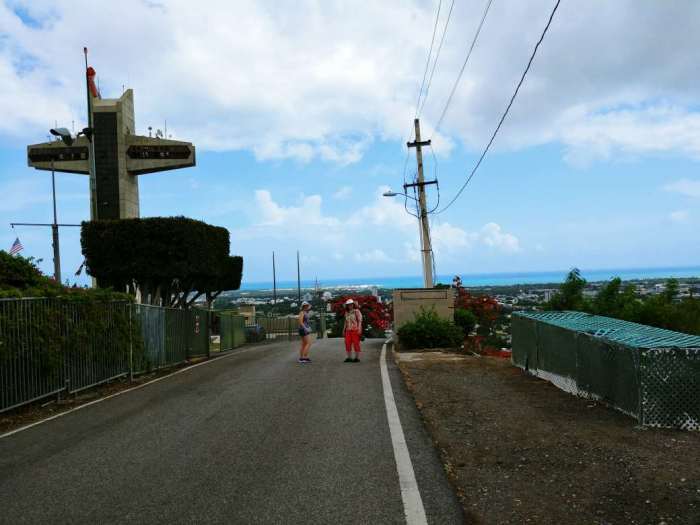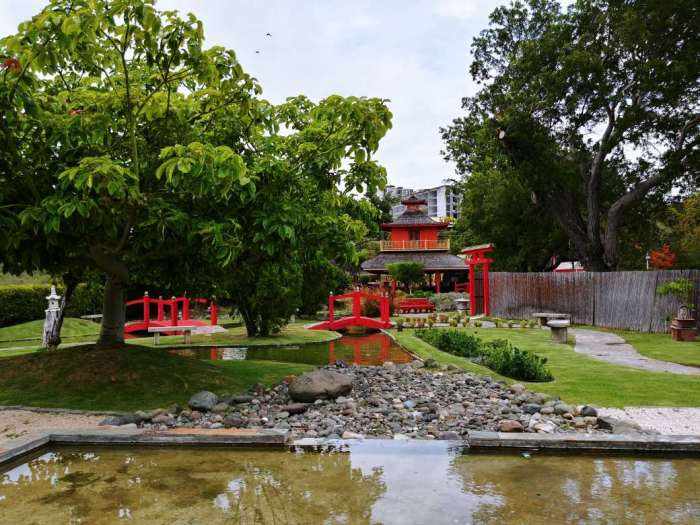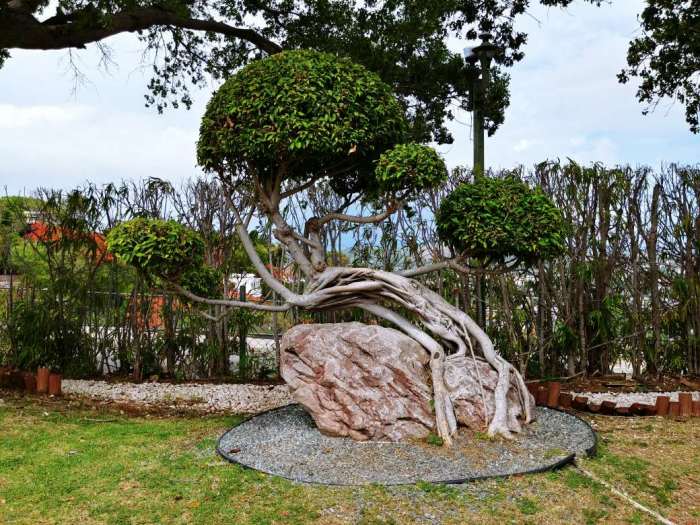This is the abbreviated version of a talk I gave in Ireland over the weekend for Octocon, the Irish National Science Fiction Convention, when I was at my desk on the other side of the world. I thought it might be a pleasant interlude in a difficult year. Even abbreviated it is not that short.
I’ve kept the beginning, but taken out much detail. If you want to see what the writers actually say (and I chose seven novels because they are so good, and the eighth because I had something very particular to say, so it’s worth chasing all but one novel and looking at those first pages) scroll down to the end, where I’ve given a list of the books I talk about (with links). One day I need to do a presentation somewhere on food in the openings of US fantasy novels. That would be a great deal of fun.
The talk alone meant I spent much of Monday cooking.
When I told folks that my new research is partly on food and foodways in fantasy, many people nodded sagely and said, “Ah, stew. So often when we talk about food in fantasy, we begin with Diana Wynne Jones and The Tough Guide to Fantasyland. Diana Wynne Jones pointed out the elephant in the room when she said that “Stew is what you will be served to eat every single time” in Fantasyland. ” The vision of stew and arguments about stew are wonderful and often funny, but they obscure what writers actually do with food in fiction. That’s what I’ll explore today.
Food is not just something we eat because we kinda like living, it’s also critical to how we shape and explain our lives and even to helping us trust the stories we read and the stories we tell. Today I shall take eight writers, four Irish and four Australian, and I shall look at eight novels. I shall specifically look at the opening of each novel, for the beginning is a very fine place to start to learn about food in fantasy.
One of the things that got me interested in food and foodways was how food was displayed at the Museum of Melbourne some years ago. The food narrative for most of Australia in the museum was school lunchboxes or Charlene’s wedding cake from Neighbours. Food was presented as a developed part of identity and story. And then… there was a special room for the food and foodways of Indigenous Australians. It consisted of a garden.
The very first novel I chose to look at was by Lisa Fuller because she challenges the Museum of Melbourne’s depiction of Indigenous Australian foodways in Ghost Bird. Fuller presents one family and their foodways in detail and with much cleverness. When you reach the end of Ghost Bird, it’s possible to cook at least some of the family dishes. Not because there are recipes (there are no recipes) but because the descriptions of food and foodways are so very evocative and sophisticated. Food and foodways are a profound part of this novel. They don’t just explain the relationship of the Indigenous Australian family with White Australia and with modern science, however, foodways explain the relationships between people. They elegantly refute that garden in the Museum of Melbourne by showing us that ingredients in nature are only one small part of real foodways.
What about Sarah Maria Griffin’s Other Words for Smoke? Like Ghost Bird, it’s about family and loss and tension. Looking at the food in the early part of Other Words for Smoke, however, instantly demonstrates their differences.
First, food is not the factor that brings the initial narrative together.
When does food first appear, then? And what form does it take? It appears when the novel proper begins, and food is a critical trigger for thought at that point. It shows us a lot about the character, what they see, what aspects of what they see need interpretation. It is also, just as in Fuller’s novel, a critical component of culture. As I read out the quote, it hurt my ears. Food delineates cultural differences so precisely in Other Words for Smoke that I can hear how wrong my accent is for this novel wrong. The novel itself feeds on a very precise, even mimetic everyday. Everything that pushes us away from that everyday is going to hurt.
Food is no less important in Sam Hawke’s City of Lies than in the previous two works. City of Lies is an adventure fantasy set in a secondary world, full of politics and intrigue and danger. Food is twisted into it, right from the beginning. The very first page of the novel itself links food with poison intimately and those links last throughout the novel. We know foodways through the politics of poison.
In one way, Hawke’s depiction of food and foodways is as complex as Fuller’s. It’s a whole cuisine. Like both Fuller’s and Griffin’s, it’s closely connected to the plot. There is one big difference. The food is in a secondary world, which means that Hawke describes it in a lot more detail. The trick of secondary worlds is that, if you want to read one that is quite, quite different to our own, the world building is often detailed. Hawke takes an almost anthropological approach to describing food, while using the type of descriptive prose that is the hallmark of many secondary world novels.
Why do I not instantly want to cook the delectable dishes Hawke describes? First, they’re not written to tempt cooks. The palate touches on taste (but not in detail) but it’s also strongly visual.
More importantly, Hawke undermines her own descriptions of food by pointing out their relationship with poison. Food and foodways are vehicles for delivering poison and plotpoints in an alternate world.
Celine Kiernan’s The Poison Throne is also a secondary world fantasy, but the only mention of food in the first two pages is grass and water for a hungry horse. How much need for food is there in adventure fantasy? It depends on the adventure fantasy. It also depends on the fashion in publishing, which possibly brings us back to stew, which once was most definitely a fashion food for fantasy. The lack of food in the opening of The Poison Throne, then, signals to the reader its sub-genre. Kiernan is not the only fantasy writer who uses signals in this way and, notably, uses lack of food in this way. The critical insight here is that no matter how much we all need food in our everyday, we don’t all need food in all our novels.
Ruth Frances Long’s A Crack in Everything presents food from the very first line where a toaster explodes. After the toaster dies, Izzy’s mother finishes the coffee. The toaster and the coffee give us food and foodways, both.
There are many ways of interpreting this. What I’d like to focus on now is how mundane the scene is and yet how it sets up the construct that is critical for the story: two worlds meeting. The family bonds through food and through the destruction of the toaster, which is also important, for it announces that this is not a novel about an impossibly dysfunctional family.
Long uses the small to foreshadow the big, just like Fuller, and prepares readers for what will come. The world of the novel will change and, in a mere two pages, Long has given us both the familiar world and a stake in it.
Garth Nix’s The Left Handed Booksellers of London is another novel I get to dip into twice, for it has a prologue and an opening. This is another novel in which food plays a minimalist role. There is no food in either the prologue nor the opening proper.
Unlike Kiernan’s book, The Left Handed Booksellers of London is not a secondary world fantasy. It’s set in a world much like ours, but with magic. When food finally appears, it’s the kind of food that one would buy for quick sustenance travelling through the UK.
This means of depicting culture depends very much on readers already having some cultural knowledge about the setting. It works in The Left Handed Booksellers of London because so much of world culture in this novel revolves around a popular knowledge of UK culture. Real culture is a lot more complex and dynamic than the stuff we think we know about a place or a time: the novel is a popular, simplified depiction. Nix’s novel is for the international market, and the way Nix uses food in it tells us this, very clearly.
Dierdre Sullivan’s Perfectly Preventable Deaths is the polar opposite even though the technique in the first pages has something critical in common with both The Left-Handed Booksellers of London and Sam Hawke’s City of Lies. It shares with Nix’s novel the absence of food in the first two pages.
Foodways are implied, however, as part of a particular focus on the material world that binds the novel tightly together.
It shares descriptions of plants with Hawke’s City of Lies. The uses of plants reflect the cultural use of a plant, just as Hawke’s did, but the plants are plants we know and the uses are more varied.
The cultural elements in Perfectly Preventable Deaths come from a quite different direction to those in The Left-handed Booksellers of London or City of Lies. They are carefully crafted to draw us into a complex and perilous world. This is a very different kind of fantasy to Nix’s. The novel depicts a strong local culture. Food and foodways are an inherent part of the culture and appear in this way throughout the story. They are not strong in the opening because the opening sets up the protagonist’s view of this culture and all the cultures that impinge upon it during the tale.
The last book is by me. My fiction is not particularly special, but there’s one element that I know for certain about my own work and that I need to address. That element is authorial intent.
Ask me and I’ll write about authorial intent and its relationship to world building and to prejudice and to all kinds of wonderful things. Here, today, I want to talk about what the author actually intends when they write. When we try to work out what the author intends in the book we’re reading, there’s a certain amount of guesswork. When the writer claims something about their work (as I am doing here) it’s important to test their claims.
I have a cookbook and bits in other books that show clearly my relationship to food. I was a professional blogger on food history for three years and have given academic papers on it. I ran banquets for Conflux, the Canberra science fiction convention. There is an enormous amount of data on my responses to food and foodways. You don’t have to trust what I say here – you can test every single claim I make. Let me do some claiming, then.
The opening of Borderlanders is full of food. I used food to make it clear that the novel was set in contemporary Australia and I to communicate contemporary Australia to those who know it not. I wanted the opening to feel not-too-exotic, because magic will intervene in the plot soon enough. All those are surface reasons. I had a deeper reason: I set up a character to look as if they are the hero… and they’re not. From the beginning, this novel reinterprets the hero’s journey. I wanted everyday and very mundane food to give the right reader a sense of ambivalence about her quest.
That’s eight authors and eight reasons for food. Let me recap them.
1. In Lisa Fuller’s Ghost Bird, food and foodways presented a highly-political argument in a non-threatening way.
2. In Sarah Maria Griffin’s Other Words for Smoke food is used to delineate subtle cultural points. In doing this, it reminds us that fantasy is a variety of literature, and not a lesser artform.
3. In Sam Hawke’s City of Lies food and foodways are undermined in order to present another aspect of society entirely.
4. In Celine Kiernan’s The Poison Throne, food, or lack thereof, is presented as a clear signal of sub-genre.
5. Ruth Frances Long’s A Crack in Everything uses food and foodways as vehicles to prepare for a plot twist and a changed world.
6. Garth Nix’s The Left Handed Booksellers of London uses food as a minor part of a culture we think we know, making the novel easier for more readers and more likely to sell in larger numbers across the world.
7. Dierdre Sullivan’s Perfectly Preventable Deaths gives us food as a minor aspect of the depiction of the most important character.
8. And, finally, by looking at authorial intent in my own Borderlanders, I demonstrated that food in fantasy novels may not actually be merely one of these things. It can be several at once.
The List of Books
Sarah Maria Griffin Other Words for Smoke
Celine Kiernan The Poison Throne
Ruth Frances Long A Crack in Everything
Garth Nix The Left Handed Booksellers of London
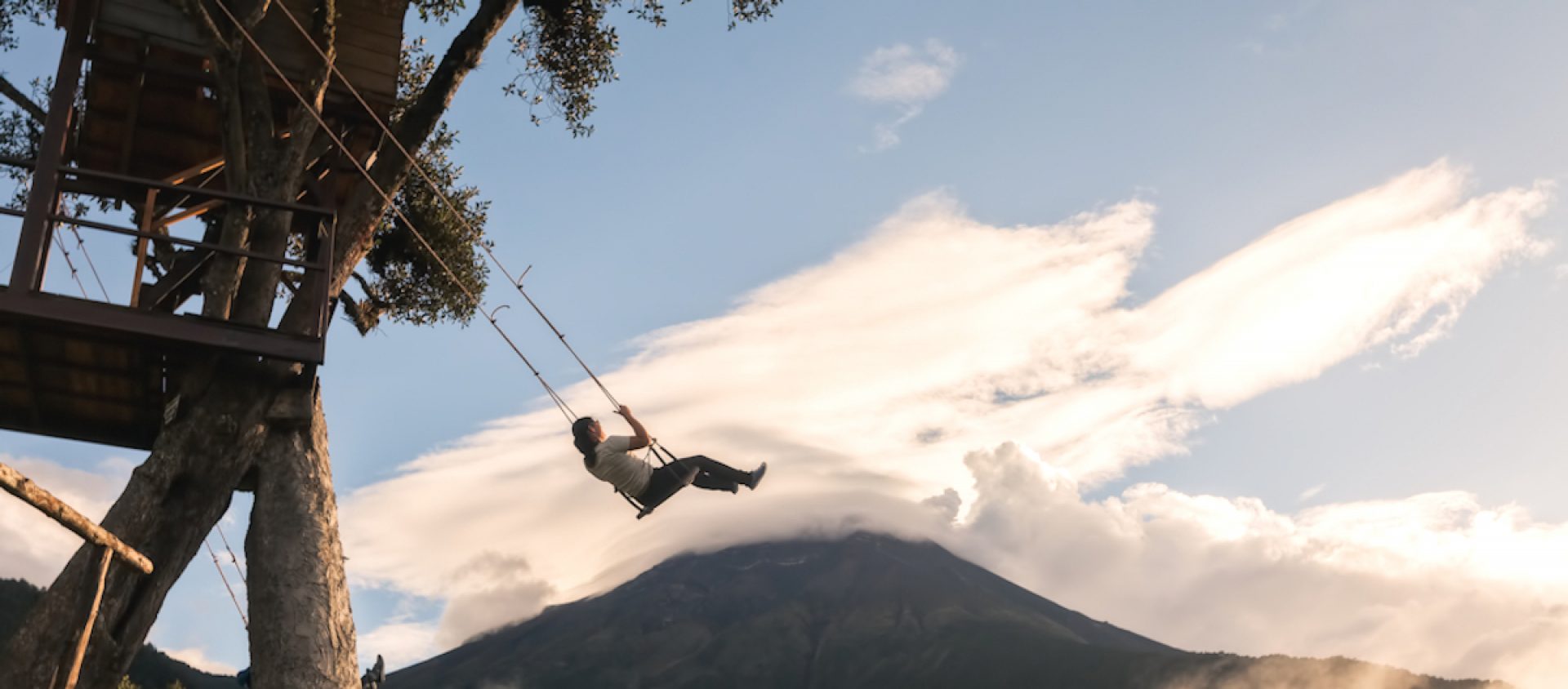
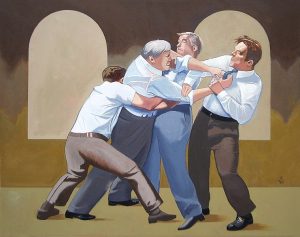
 Stories can heal and transform us. They can also become beacons of hope.
Stories can heal and transform us. They can also become beacons of hope.


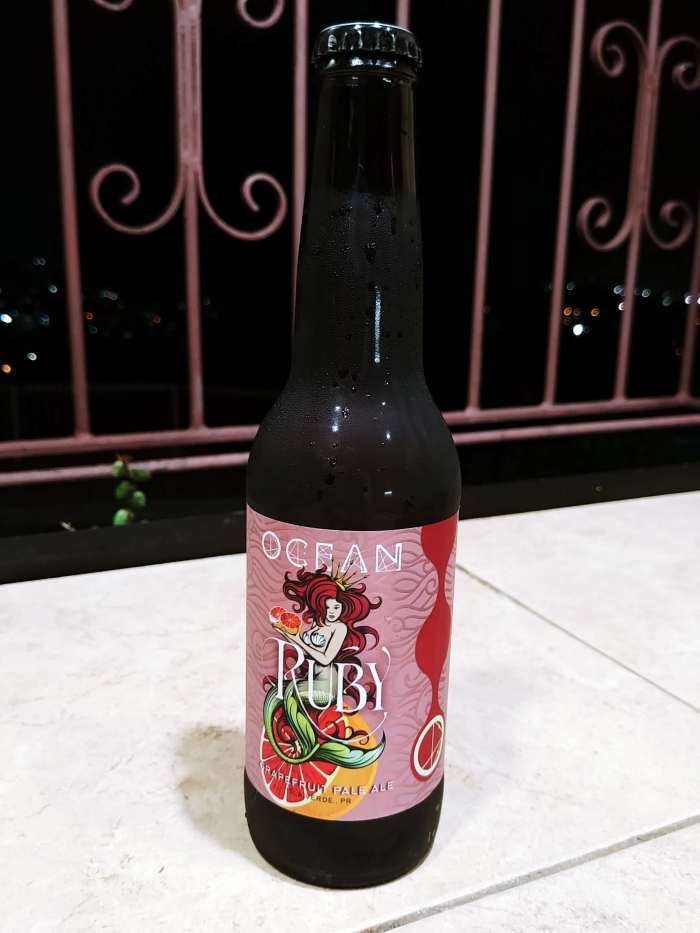


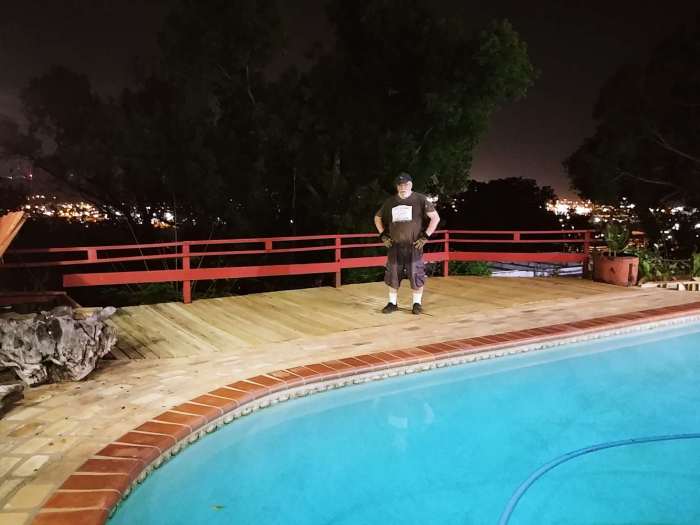



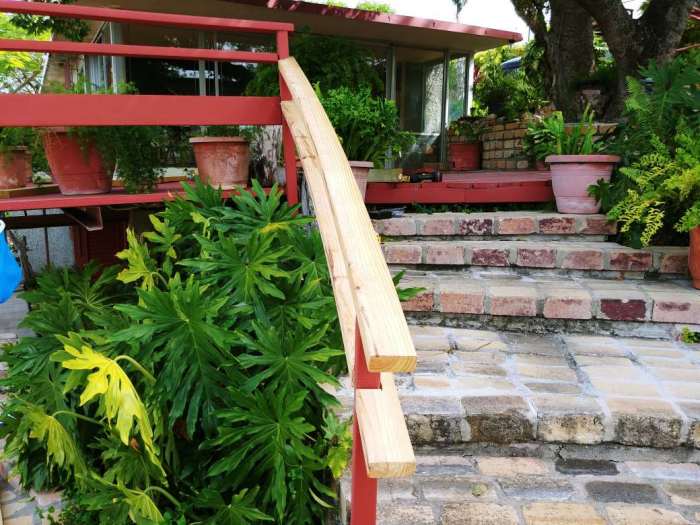

 It’s blackberry season, and as is my custom at this time, I went out this morning to pick from the brambles along our little country road. (We have our own patch, but the berries ripen later because it’s in a shadier place.) I try to do this early, when it’s cool and I’m not having to squint into the sun for the higher branches. As I picked, I thought about the story I’m working on (and currently stalled on 2 scenes-that-need-more), and also writing in general.
It’s blackberry season, and as is my custom at this time, I went out this morning to pick from the brambles along our little country road. (We have our own patch, but the berries ripen later because it’s in a shadier place.) I try to do this early, when it’s cool and I’m not having to squint into the sun for the higher branches. As I picked, I thought about the story I’m working on (and currently stalled on 2 scenes-that-need-more), and also writing in general.